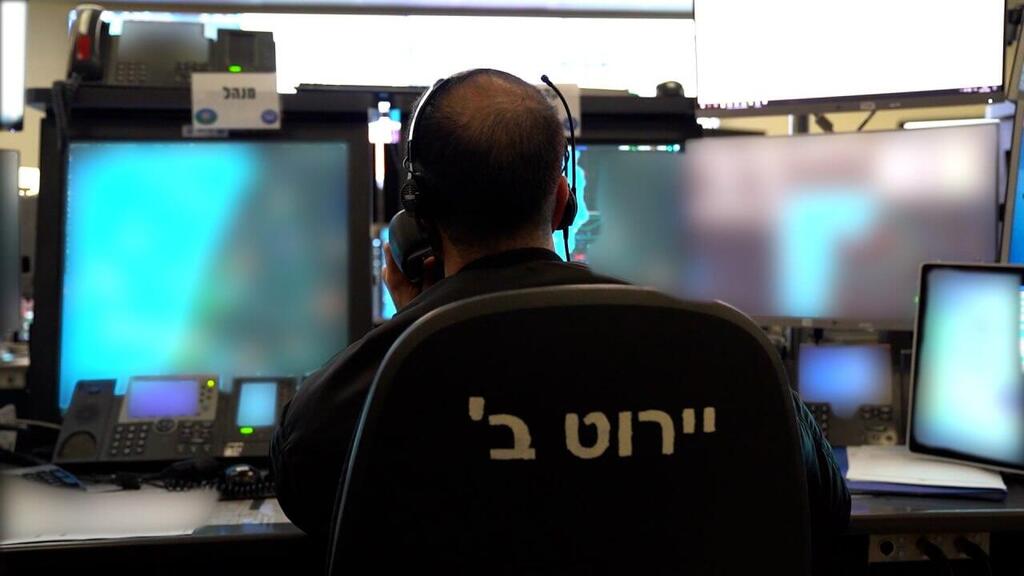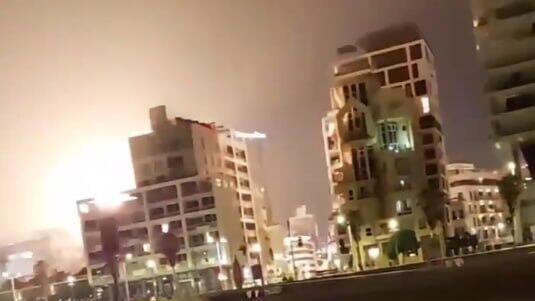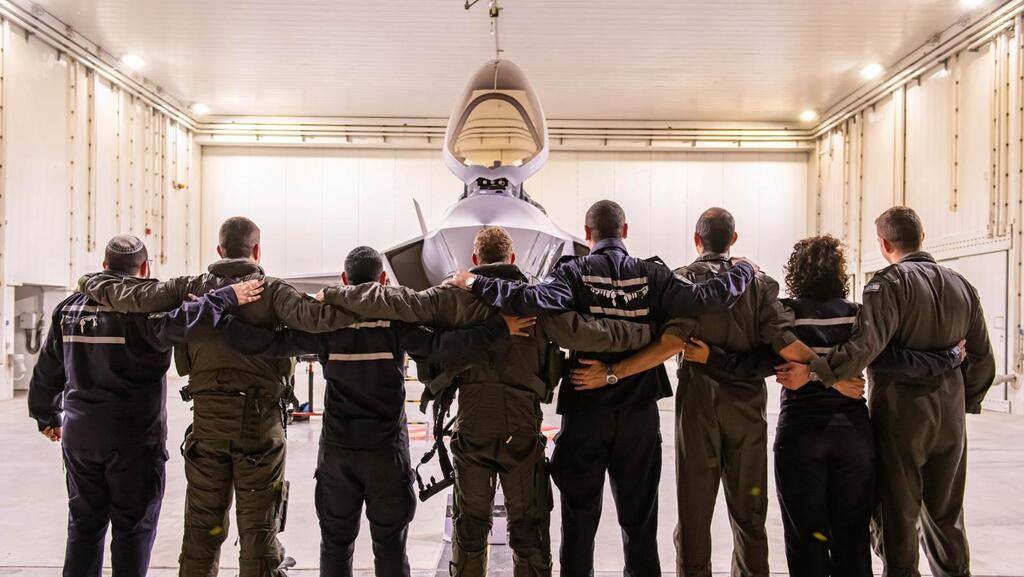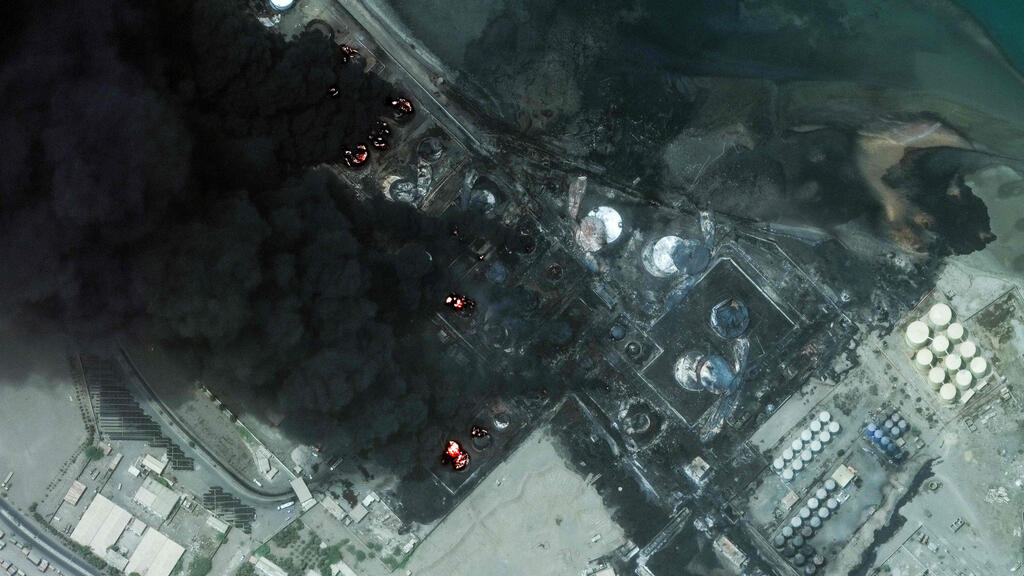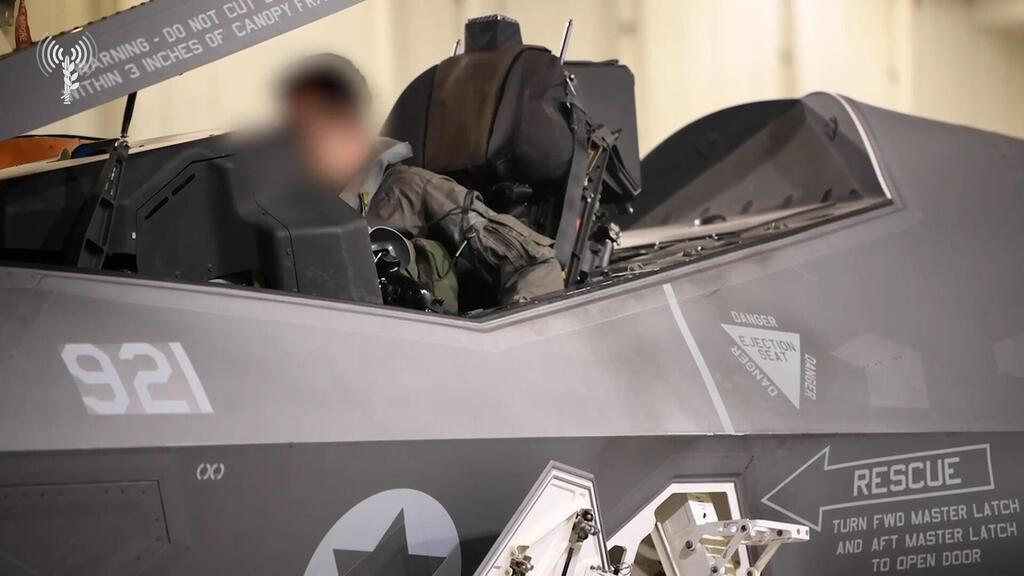The Israeli Air Force (IAF) is nearing completion of its investigation into the explosion of a Houthi drone, an Iranian-made Simad 3, that struck a residential building in Tel Aviv overnight Friday. Preliminary findings reveal the drone's route and the human error that led to the tragic outcome.
The drone, which underwent several upgrades in Yemen, including an engine replacement and the conversion of explosive material to fuel for the new engine, flew 2,600 kilometers from Yemen to Israel.
Weighing just 15 kilograms (33 lbs), including its warhead, the drone was pre-programmed for an autonomous flight along a carefully chosen path: from Yemen through Sudan and Egypt, then over the Mediterranean from Sinai at a low altitude and speed of 80-100 kph (50-60 mph), making detection difficult.
The drone flew for 16 hours and was detected by the Israeli Air Force control screens 6 minutes before reaching Tel Aviv’s coastline. In such a scenario, the controller was expected to identify and classify the object, whether as a "cloud disturbance," a large bird or a hostile or friendly aircraft, among the numerous targets in the airspace at any given time.
However, the controller missed the signal, which would have allowed for the scrambling of fighter jets or the launching of an Iron Dome interceptor missile, and, crucially, for providing a warning siren for residents to seek shelter.
At that time, another drone approached from the east, which was handled by the Israeli Air Force. This incident may not necessarily have diverted attention from the drone approaching Tel Aviv from the west.
In response to the incident, the IAF has doubled the number of air controllers to ensure more eyes on the screens and added air patrols to detect low-signature threats as they approach Israel. The IDF anticipates continued launches and emphasizes that while perfect protection is not possible, there is a commitment to at least provide warning alarms for residents.
"With a 2,600-kilometer flight, many maneuvers and deceptions can be made, including altitude changes and waiting in the air or approaching from different directions," explained an IDF official. "All this can come from 360 degrees around us. We will face similar challenges and are prepared for them."
According to IAF data, in nine and a half months of fighting, around 1,000 drones were launched at Israel, about 300 from Yemen and Iraq, with most intercepted outside Israeli borders. Consequently, 40% of Air Force combat sorties since the war began have been dedicated to defending the country’s airspace.
IAF chief Maj. Gen. Tomer Bar's recent visit to the UK aimed to strengthen these collaborations with coalition forces in the Middle East, led by the U.S.
36-hour preparations for Al Hodeida port attack
In response, to the attack, the IAF targeted the Al Hodeida port in Yemen after 36 hours of intensive preparations following the decision made on Friday morning by IDF leadership and immediately approved by Prime Minister Benjamin Netanyahu and Defense Minister Yoav Gallant. Dozens of aircraft participated in the operation, some in the air and others on standby on the ground.
Footage from the Israeli strike in Yemen
(Video: IDF Spokesperson's Unit)
Reconnaissance aircraft from the Nachshon Squadron provided real-time intelligence support from Shavit and Eitam aircraft. Large Ram tankers performed refueling rounds for the fighter jets throughout the 3,400 km round trip, a considerable distance by Israeli standards.
Maj. Gen. Bar ensured that each aircraft had enough fuel to return to Israel without aerial refueling if the mission had to be aborted. The flight time was two hours and fifty minutes in each direction, with the first takeoff occurring around 3:00 p.m., just 30 minutes after the formal Cabinet meeting to approve the operation. The IAF anticipated that the planes would be photographed by pilots and onlookers in Eilat.
During the flight, no anti-aircraft fire was directed at the Israeli planes. The U.S. Central Command (CENTCOM), responsible for the region, was updated, and possibly the Saudis were informed as well. The primary targets were the two main cranes at Al Hodeida port, the main supply route for the Houthis.
Israeli pilots used various precision munitions, to ensure accurate hits on the cranes' control cabins, disabling port operations for several months. The strikes were carried out by two-seat F-15 jets from the 106th Squadron at Tel Nof. Some attacks used the stand-off method, where weapons are launched from a significant distance, keeping the aircraft out of the enemy’s anti-aircraft missile range, from dozens of miles away, alongside operations by F-35 Adir jets.
Following the strike in Yemen, the IAF raised alert levels to the highest across all fronts. To date, the IAF has used over 100,000 munitions of various types in seven different theaters, including interceptors, heavy bombs and Apache helicopter cannon shells. The IAF has also tripled its operational flight hours since October 7.




